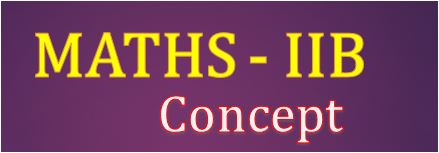TS Inter second year Maths 2B Concept
TS Inter second year TS Inter second year: This note is designed by the ‘Basics in Maths’ team. These notes to do help the TS intermediate second-year Maths students fall in love with mathematics and overcome the fear. These notes cover all the topics covered in the TS I.P.E second year maths 2B syllabus and […]

